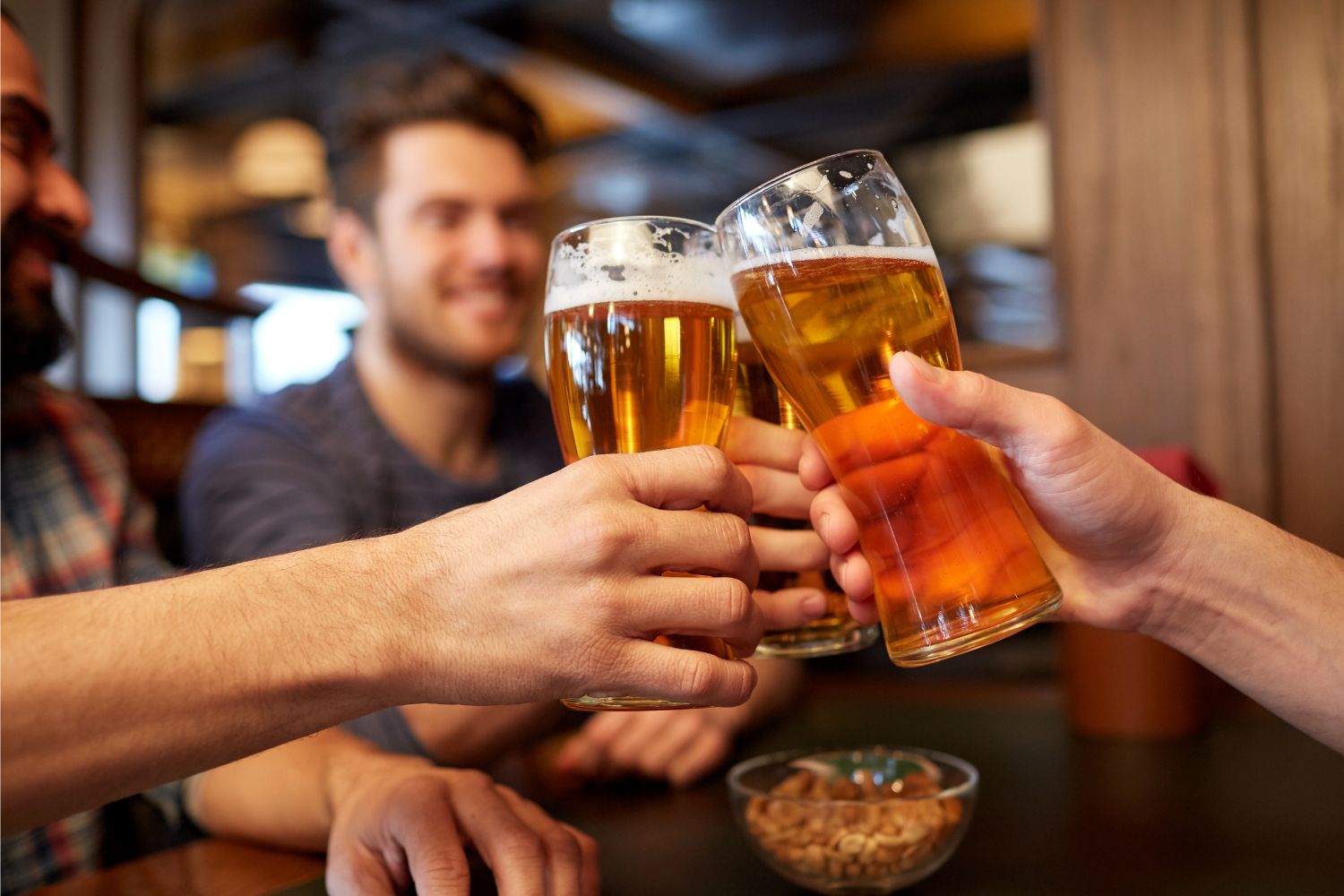Falling acreage is being accompanied by market oversupply in the hop industry, according to the BarthHaas Report 2024/2025, released this week.

World hop acreage declined for the third year in succession — by 7.7% from 2023 to 2024 alone — to stand at 55,715 hectares.
Germany returned to top place among the hop-growing countries as acreage adjustments were delayed due to existing forward contracts.
In 2024, German acreage was reduced by only 1.6%, while the reduction continued in 2025 by further 7% to a total of 18.962 hectares. The USA saw large-scale idling of acreage amounting to almost 18%, bringing the total there down to 18,513 hectares in 2024. The Czech Republic remained a distant third, with 4,845 hectares.
There was also a decline in global crop volume in 2024 — albeit to a lesser extent — by 3.9% to 113,538 mt. However, the alpha acid content in the hops increased slightly — by 1% to 11,912 mt. Last year’s global average was 10.5%, compared to the previous year’s 10%. As was the case in 2023, the ratio of aroma hops to bitter hops shifted in favour of bitter hops again in 2024, in terms of both crop and alpha yield.
Sector concentration also continued in 2024, as part of the structural change. In Germany, a further 31 hop growers discontinued production. The average planted acreage of the remaining 1,009 farms rose by 0.3 hectares to 20.1 hectares.
However, that does not mark the end of the change process. “The market remains structurally oversupplied, and the hop industry is struggling to cope with surpluses that have largely been forward-contracted, but have not been used,” said Heinrich Meier, author of the BarthHaas Report. “Further acreage reduction is therefore essential if the market is to return to equilibrium.”
The declining demand for hops can be explained by changes in the beer market worldwide. “The trend toward mainstream beers and alcohol-free and low-alcohol variants continued in 2024 and, in fact, gained further momentum,” said Thomas Raiser, managing director of BarthHaas. “These beers are generally more lightly hopped.”
Market environment remains challenging
A decline in hop dosage can be seen even in the craft beer segment, due on the one hand to the increasing use of efficient hop products, and on the other to a change toward traditional bottom-fermented beer styles, requiring more moderate hop addition.
Aside from the changing trends, other factors are contributing to the fall in hop demand, particularly in the traditional beer nations among the western industrialised countries. These include ageing populations, competition from a considerably greater variety of beverages, and, not least, a decline in purchasing power in economically difficult times.
The market environment remains challenging, says BarthHaas. Weakening and increasingly cost-conscious demand from a brewing industry that is eager for low market prices is colliding with rising production costs caused by inflation in energy, material, and labour costs.
“We can show breweries and other beverage manufacturers how to use current trends to their own advantage,” said Raiser. “Hops are very special ingredients — they can be the key to variety and clean-label products, and make all the difference when it comes to flavour in high-growth no and low categories.”





